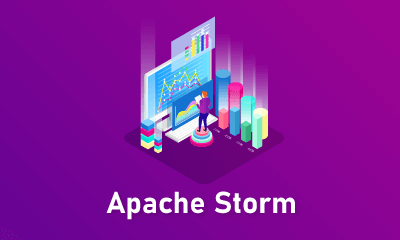Description
Introduction of Text Mining with KNIME:
This course focuses on using KNIME for text mining, which involves extracting valuable insights from unstructured text data. Participants will learn how to leverage KNIME’s text mining tools to preprocess, analyze, and visualize text data. The course covers techniques for handling and transforming text, performing text analysis, and applying natural language processing (NLP) methods to extract meaningful information. This training is designed for data scientists, analysts, and anyone interested in harnessing text data to gain actionable insights.
Prerequisites:
- Basic knowledge of KNIME (workflow creation, data manipulation)
- Understanding of fundamental data analysis concepts
- Basic familiarity with text mining and natural language processing (NLP) concepts is beneficial
- No advanced programming skills required, but familiarity with Python or R can be helpful
Table of Content:
1. Introduction to Text Mining with KNIME
1.1 Overview of text mining and its applications
1.2 Introduction to KNIME’s text mining capabilities
1.3 Setting up KNIME for text mining projects
2. Data Preparation for Text Mining
2.1 Collecting and importing text data (e.g., from files, web scraping, APIs)
2.2 Text data preprocessing (tokenization, stemming, lemmatization)
2.3 Cleaning and normalizing text data (removing stop words, handling special characters)
3. Exploratory Data Analysis (EDA) for Text
3.1 Exploring text data characteristics and distributions
3.2 Visualizing text data using word clouds and frequency distributions
3.3 Identifying key terms and phrases
4. Text Analysis Techniques
4.1 Performing text classification and sentiment analysis
4.2 Extracting entities and concepts from text
4.3 Topic modeling and discovering themes using techniques like LDA (Latent Dirichlet Allocation)
5. Natural Language Processing (NLP) with KNIME
5.1 Applying NLP techniques for text analysis
5.2 Using KNIME’s NLP nodes for tasks such as named entity recognition (NER) and part-of-speech (POS) tagging
5.3 Implementing custom NLP models and integrating external NLP libraries
6. Advanced Text Mining Techniques
6.1 Implementing text similarity and clustering methods
6.2 Using advanced algorithms for text summarization and document comparison
6.3 Analyzing sentiment and emotion in text data
7. Visualization and Reporting of Text Data
7.1 Creating interactive visualizations of text analysis results
7.2 Building dashboards and reports to present text mining insights
7.3 Integrating KNIME with other visualization tools (e.g., Tableau, Power BI)
8. Case Studies and Practical Applications
8.1 Real-world case studies demonstrating text mining with KNIME
8.2 Hands-on projects to apply text mining techniques to sample datasets
8.3 Analyzing results and deriving actionable insights
9. Best Practices and Advanced Tips
9.1 Best practices for managing and analyzing large text datasets
9.2 Tips for optimizing text mining workflows and improving accuracy
9.3 Staying updated with the latest advancements in text mining and NLP
10. Conclusion and Future Learning Opportunities
10.1 Recap of key concepts and techniques learned
10.2 Resources for further learning and advanced text mining topics
10.3 Engaging with the KNIME community and exploring additional text mining resources
To conclude; KNIME offers powerful tools for text mining, enabling insights through NLP and data analysis. Continue exploring advanced techniques and applications with the KNIME community.
If you are looking for customized info, Please contact us here







Reviews
There are no reviews yet.